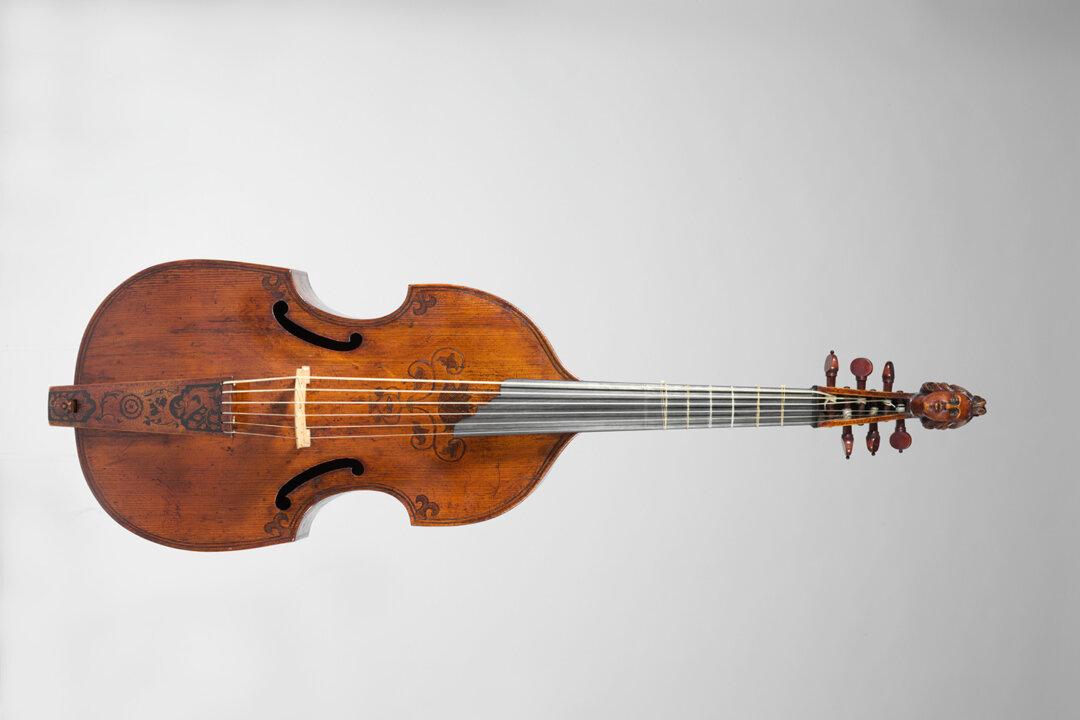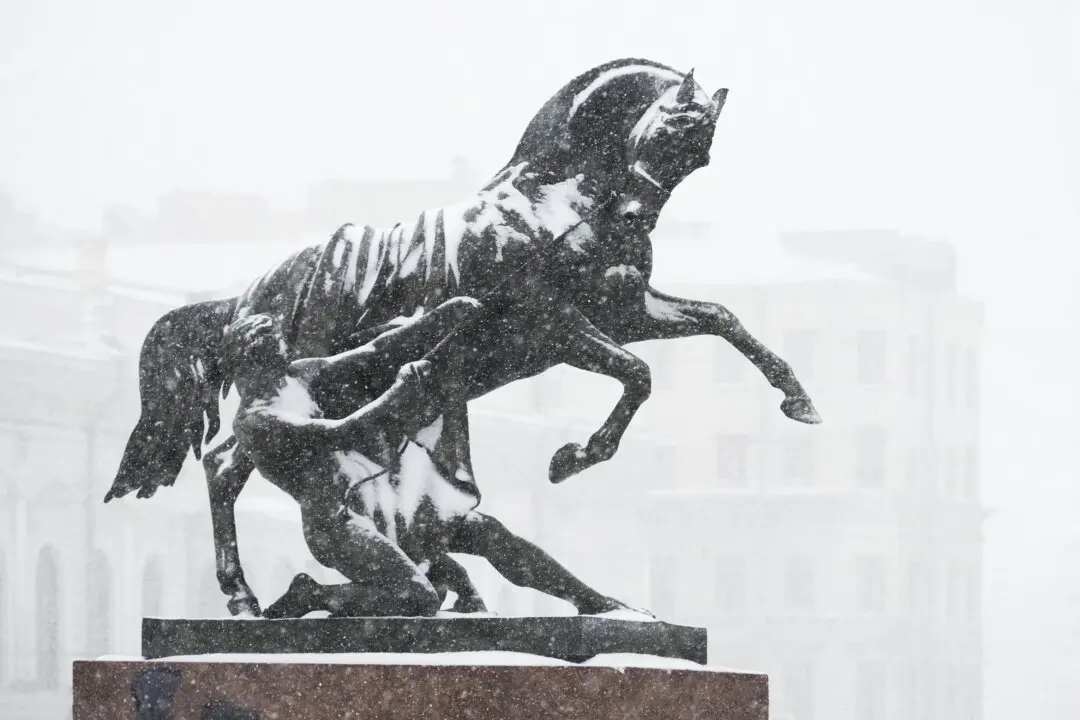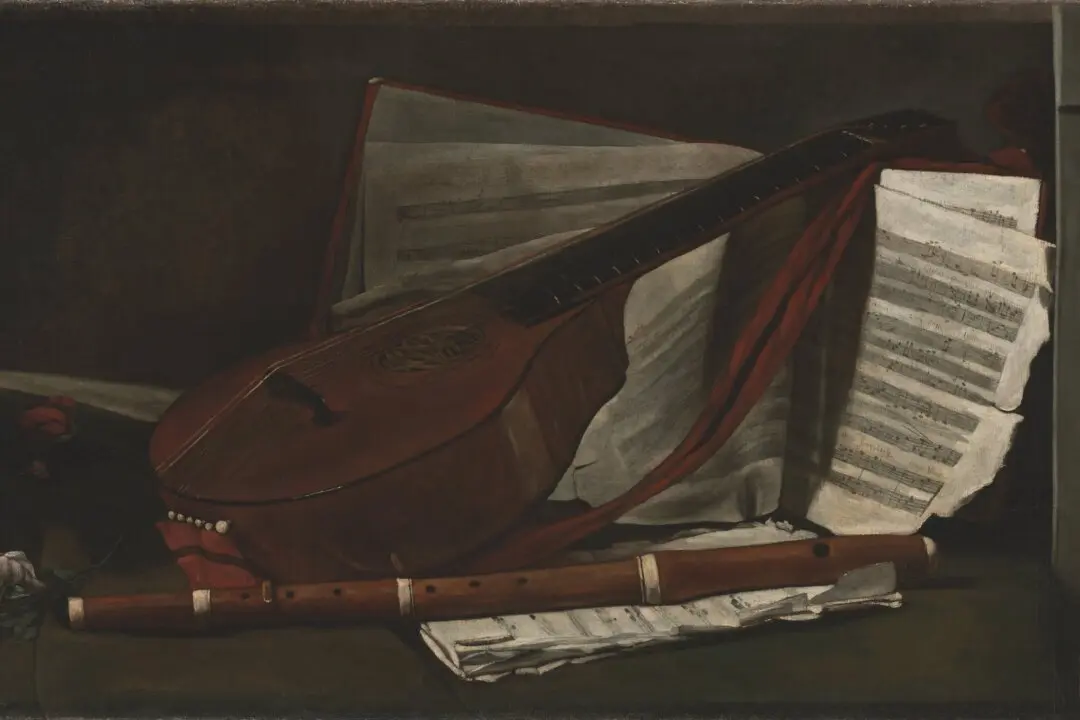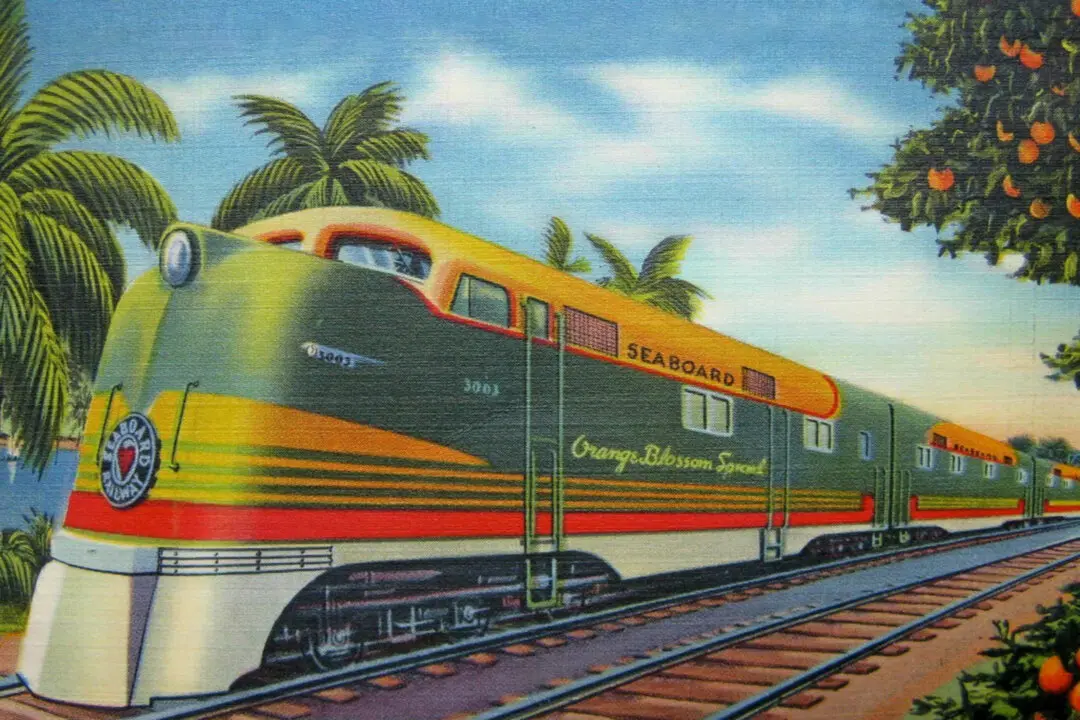In 1789, founding father Benjamin Franklin wrote a letter to a colleague based in London and asked him to find an instrument he called the “Viol de Gambo.” The ardent music lover and statesman was looking for a replacement. British soldiers had taken his previous one from his home during the American Revolution.
Though America had gained its independence 13 years prior to the letter, the colonies still relied heavily on European merchants for their musical needs. The New World, including Franklin’s home, was full of music, from classical pieces and folk songs to sacred works. Franklin owned popular instruments like the guitar and the harp. But, his prized possession was a unique and elusive stringed instrument with a soulful, commanding sound.





